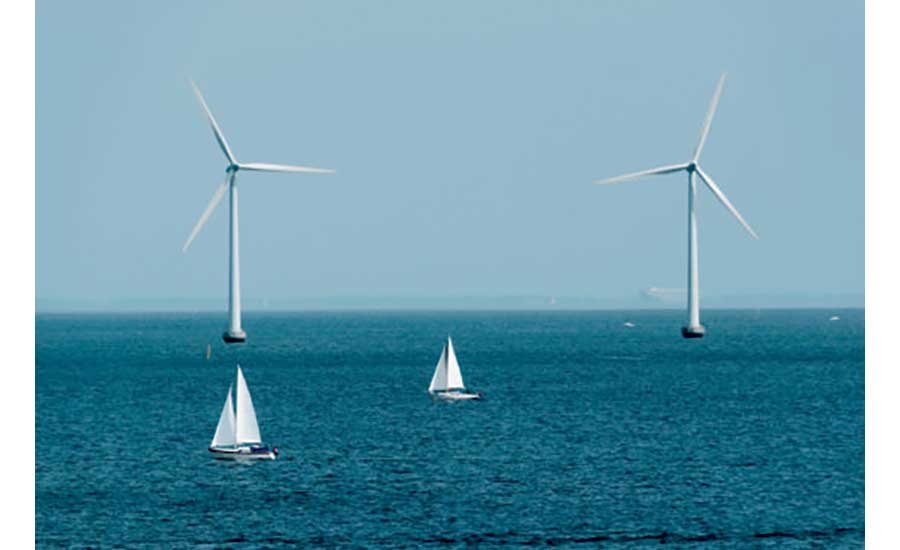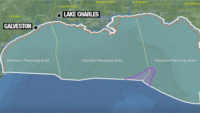New Jersey last month rejected for the third time the long-gestating 25-MW Nautilus offshore wind pilot project—citing its still-high cost. But the state also received three bids for larger projects considered more cost effective as its reinvigorated clean energy push proceeds on the first 1,100-MW phase of an effort to build 3,500 MW of offshore wind capacity by 2030.
The state program is catching up after eight years of inaction under former Gov. Chris Christie (R). He was succeeded by Phil Murphy (D) in 2018. State utilities board President Joe Fiordaliso promoted the effort at an offshore wind conference in November, but said the Nautilus project off Atlantic City, now owned by EDF Renewables, had “a price too high and benefits too tentative.” The state requires wind farm developers to show a net economic benefit to ratepayers.
EDF remains a contender in the New Jersey offshore market, submitting a bid for the 1,100-MW solicitation, along with Shell New Energy. They propose a project eight miles off Atlantic City in a 183,353-acre lease site purchased from US Wind that would support about 2,500 MW of wind energy. “As the costs of offshore wind are declining, the U.S. offshore wind industry is quickly advancing with strong federal and state support,” said Tristan Grimbert, CEO of EDF Renewables North America, in a statement.
Orsted, the Danish-based owner of the only offshore U.S. wind farm at Block Island, R.I., acquired through its purchase last year of developer Deepwater Wind, also confirmed a bid and plans to work with Public Service Enterprise Group, owner of New Jersey’s largest utility. Their project, to be 15 miles off Atlantic City, would create up to 1,000 construction jobs. Equinor, the Norwegian firm formerly known as Statoil, also bid with a project called Boardwalk Wind, a spokeswoman told ENR. The state expects to select a winning bidder in the spring.
Meanwhile, Connecticut on Dec. 28 added 100 MW to the 200 MW it already has agreed to buy from an Orsted project between Montauk, N.Y., and Martha’s Vineyard, Mass. The boost will add $10.5 million for new infrastructure at its New London port, the state said. Virginia also is ramping up itsmarket stake, pushing new contacts with Maryland and the Carolinas to form a regional offshore wind development hub. A new state government report cites Virginia’s coastal infrastructure and maritime capacity.





Post a comment to this article
Report Abusive Comment